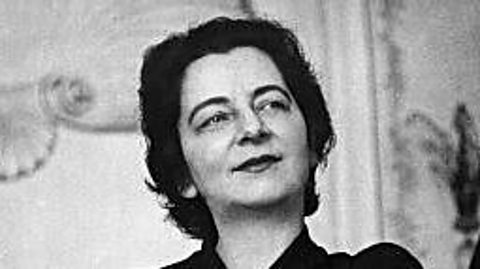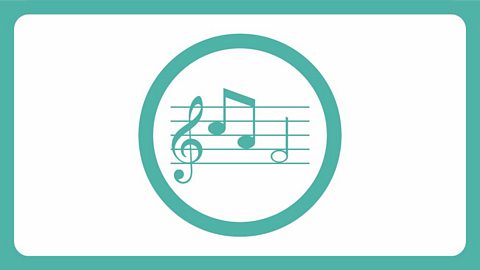Dates: b. 1909 / d. 1969
Nationality: Polish
Period: 20th Century
Genre: Overture
Key Musical Elements:
- Duration

Why is she a Trailblazer?
In 1943 it was very unusual for women to be composers.
Trailblazer GraŇľyna Bacewicz not only broke new ground as a female composer in Poland, she continued to write music while war threatened to destroy her country.
Listen out for:
There is a musical cipher within the piece using Morse code. The Victory code is dot dot dot dash and is heard played on the timpani such as a 4‚Äô20‚ÄĚ. Can you hear this rhythm repeated in different ways all through the piece?
Naomi Wilkinson explores Morse code motifs in GraŇľyna Bacewicz‚Äôs triumphant Overture, teaching us how her hope for victory got her through a time of fear and terror during WWII.
Fast Facts
GraŇľyna Bacewicz learnt the violin and the piano as a child ‚Äď and, throughout her life, she enjoyed composing music for both instruments, including piano sonatas and seven violin concertos.
In the early 1930s Bacewicz studied composition in Paris with another pioneering female musician, Nadia Boulanger, who taught many other great 20th century composers, including Leonard Bernstein and Aaron Copland (both also featured in Ten Pieces).
Despite nursing a wounded sister and looking after her own family, Bacewicz kept composing and premiering her new music at private concerts in Nazi-occupied Warsaw during the Second World War.
Bacewicz’s Overture was played for the first time at the end of the war in Krakow at a festival of contemporary Polish music and helped to establish her reputation in Poland and beyond.
Watch the orchestral performance of Bacewicz‚Äôs piece Overture by the 91»»Ī¨ Scottish Symphony Orchestra, conducted by Roderick Cox.
Overture
It‚Äôs hard to believe GraŇľyna Bacewicz‚Äôs Overture was written in 1943 in the depths of world war.
The sense of struggle and combat is never far away ‚Äď with the snare drum striking up and the brass playing fanfares ‚Äď but Bacewicz‚Äôs optimistic music seems full of courage and strength.
The work itself contains a musical message of hope, with the Morse code for ‚ÄėV‚Äô, symbolising victory, (dot dot dot dash) beaten out on the timpani during the piece.
That sense of victory drives the music forward, like a pounding heartbeat. Composed in a time of darkness, this is music blazing with light.
Resources
KS2 Lesson Plans
Explore and download lesson plans for six weeks of learning and activities for Overture by GraŇľyna Bacewicz.

Explore and download power point slides for six weeks of learning and activities for Overture by GraŇľyna Bacewicz

Download the audio version.

Downloadable .zip file containing arrangement and Bacewicz files. This arrangement is for Grade 4/5 only, owing to the complexity of the piece.

Where next?
- Why not listen to Beethoven‚Äôs Symphony No. 5? Bacewicz‚Äôs ‚Äėvictory‚Äô timpani motif was itself inspired by the famous four-note opening of this piece. The similarity of Beethoven‚Äôs motif to the rhythm of the letter v (symbolising victory) in Morse code meant it was often played on the timpani in 91»»Ī¨ wartime broadcasts to inspire the Allies.
- You could also explore Shostakovich’s Symphony No. 10 and hear the story of another composer working at a time of great danger.
- Get creative and upload your responses using the Ten Pieces Uploader!
Upload and showcase your creative responses
Upload your creative responses to the Ten Pieces repertoire for your chance to feature in the Ten Pieces creative showcase.
